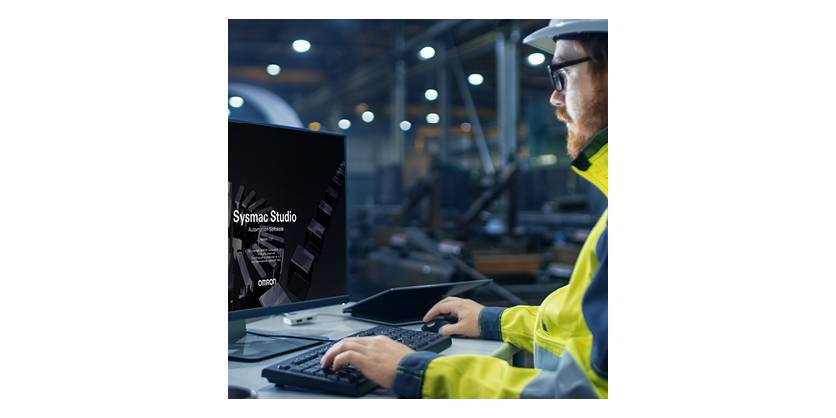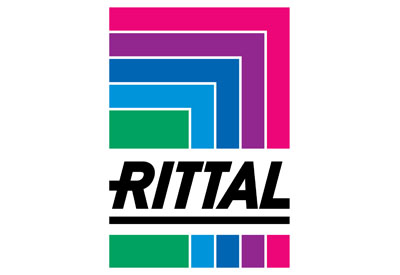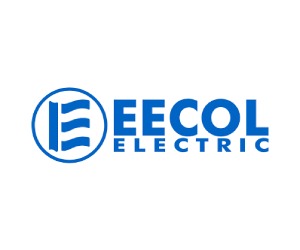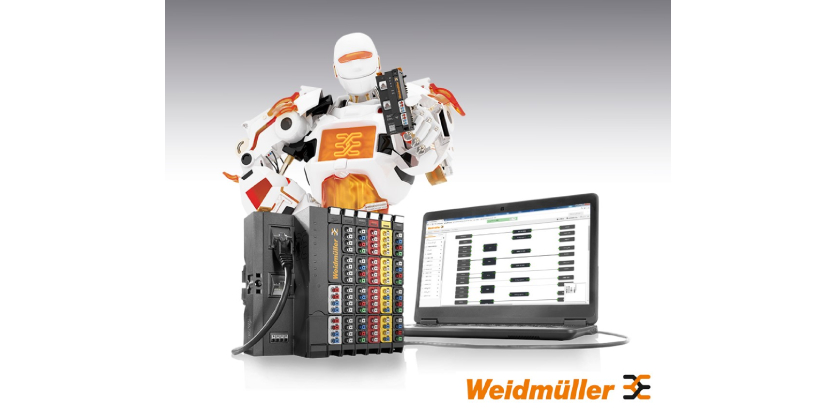Unifying Automation: The Key to Smarter, Scalable Industrial Systems
October 8, 2025

How a unified architecture transforms productivity, resilience, and future readiness
The Hidden Costs of Fragmentation
Industrial automation systems often grow into isolated islands of control platforms and industrial protocols. While functional, these setups create inefficiencies, duplicate engineering, capture inconsistent process data, and introduce security vulnerabilities. Maintenance becomes complex, and scaling or integrating technologies like AI is costly. The result: reactive systems that struggle to adapt.
A Unified Architecture, The Power of One
Unifying automation eliminates data silos by consolidating programming environments, communication protocols, and fieldbuses. This streamlined infrastructure is easier to manage and scale, delivering:
- Higher resolution of production data repositories
- Interoperability across devices
- Stronger cybersecurity through simplified networks
- Decreased decision response time
- Compatibility with IT technology for high resolution advanced process control
Unified systems simplify operations and unlock new capabilities.
Benefits for Builders and Operators
Machine builders gain faster design cycles, more robust simulation, and reduced validation time. Standardized components enable plug-and-play development and remote support. Operators benefit from:
- Concise training with standardized troubleshooting
- Longer machine lifespans through more consistent upgrades
- Scalable support across facilities
- Greater visibility and control
Unified architecture creates a shared language between builders and users, reducing friction and accelerating innovation.
Built to Scale with Unified Systems
Scalability is essential for digital transformation. Unified systems support:
- Modular expansion without “rip and replace” engineering
- Firmware compatibility across device generations
- Smooth upgrades with minimal disruption
- Integration with IT systems for enterprise-wide visibility
This foundation enables predictive analytics, remote diagnostics, and cloud-based control, hallmarks of smart manufacturing.
Strategic Steps Toward Unification
Transitioning requires a thoughtful roadmap:
- Inventory current network, devices, and control platforms for inefficiencies
- Adopt open standards for interoperability
- Align stakeholders across engineering, IT, and operations
- Launch pilot projects to validate and refine
- Invest in training to build internal expertise
With the right mindset, unification becomes a catalyst for growth, not a disruption.
Ready to Simplify and Succeed?
Don’t let complexity hold your operations back. Discover how OMRON’s Sysmac All-in-One Automation Platform can help you unify your architecture, streamline development, and set your business up for success
More Information
Related Story
Omron Automation Software “Sysmac Studio” and NVIDIA Omniverse Collaborate to Innovate Digital Twin Manufacturing Solutions
At NVIDIA GTC 2025, Omron demonstrated how its inspection machine and automation technologies connect to NVIDIA Omniverse to improve operational efficiency for factory automation developers. Omron’s digital twin technology was featured in the keynote speed by NVIDIA CEO Jensen Huang on March 18, 2025.






